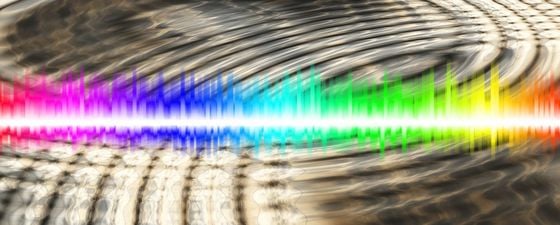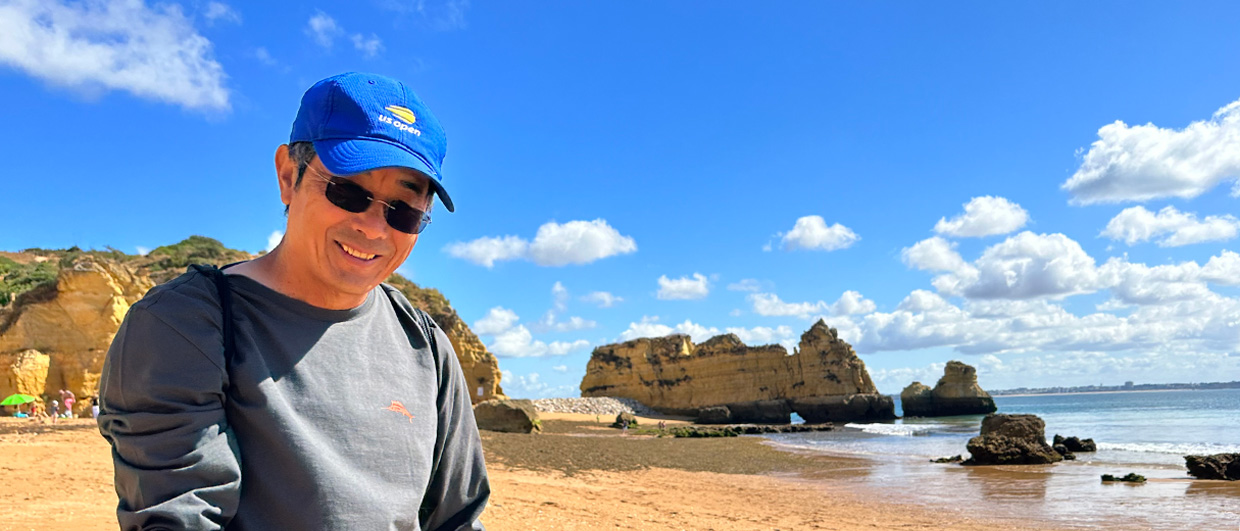Norwegian Foundation NORSAR is at the forefront of geophysical research. Senior Vice President Arve E. Mjelva tells us about their work.
Can you tell us a little bit about NORSAR?
Senior Vice President of Norsar Arve E. Mjelva.
NORSAR is an independent, not-for-profit, research foundation established in 1968 within the field of applied geoscience. Our core competences are the wider use of seismology, geophysics and related software development within four main focus areas: oil and gas, sustainable energy, safe society and weather and climate.
We are at the forefront internationally regarding research and development of software products and services in the field of seismic oil and gas prospecting. The second core activity is microseismic monitoring of both natural and induced seismicity applied to oil and gas production, CO2 storage, fracking and effective geothermal energy. Thirdly, NORSAR is responsible for operating one of the world’s largest seismological installations for monitoring earthquakes, explosions and underground nuclear tests, being the Norwegian National Data Center in the global network verifying compliance with the Comprehensive Nuclear-Test-Ban Treaty (CTBT). In addition, our extensive network of infrasound and seismic stations provides novel observations of weather- and climate-related phenomena in the atmosphere and the cryosphere.
What is its role in the O&G industry?
NORSAR is today a world-leading provider of seismic modeling software and consultancy services to enhance the value of seismic acquisition, processing and interpretation allowing better subsurface imaging. We also provide feasibility studies for microseismic monitoring of petroleum reservoir production and CO2 storage. Our software products, sold under the brand names NORSAR-2D, NORSAR-3D and SeisRoX, are used for seismic survey evaluation and planning, seismic reservoir characterization studies and a wide range of feasibility studies related to seismic modeling, such as illumination and resolution modeling, PSDM simulation processing, amplitude analysis and synthetics generation. We recently launched a new application called MDesign for microseismic network design.
How important is it that you are independent and not-for-profit?
The not-for-profit policy enables NORSAR to focus solely on R&D and re-invest all surplus into R&D projects. We conduct research on and develop software solutions independent of the O&G contractors and provide objective recommendations and second opinion studies based on state-of-the-art technology. This gives valuable input to ensure that O&G exploration and production can be de-risked and optimized. It also supports an important goal for NORSAR: to be a leader in our fields, able to contribute to society by applying advanced technology into useful products and providing expert services for nonexpert users. This applies both to internationally recognized researchers, and also to an institutional competence which ensures that NORSAR’s expertise is both reliable and continually increasing.
What subjects are at the forefront of geophysical research?
Today’s research within petroleum-related seismic modeling goes far beyond the traditional goal of generating synthetic data. The focus in today’s market is on cost saving technologies especially in the marine seismic industry. New technologies like ocean bottom seismic require modeling tools to find a cost effective and optimal design, especially for 4D seismic reservoir monitoring. More computing power gives rise to new possibilities for computer intensive simulations like Kirchhoff migration and the development of new efficient seismic modeling tools which are almost interactive. In addition, we see more integrated software solutions, helping bridge the gap between geoscientists and geologists. Deepwater basins, marginal fields and IOR require better tools for re-processing and interpretation to produce more realistic subsurface imaging, which can be done by modeling the wave propagation in complex anisotropic media. In addition, new fields in vulnerable environments require real-time passive seismic monitoring to de-risk the production.
How did NORSAR develop a specialism in seismic modeling?
NORSAR started out as a seismological observatory focusing on seismic array research for developing methods for the verification of compliance with a future nuclear-test-ban treaty. From this strong competence in interpreting seismological processes by monitoring wave propagation in the earth, NORSAR broadened its research activities to apply the knowledge into new subjects like earthquake hazard and risk assessment and seismic modeling for the petroleum industry. The latter started in 1978 with the aim of developing seismic modeling tools for the emerging petroleum industry to improve and support better subsurface imaging. Later, we expanded into the field of microseismic, which has been very successful. These activities are now part of our core undertakings and have led to our solid, recognized position as a supplier of new innovative software solutions for the O&G industry.





